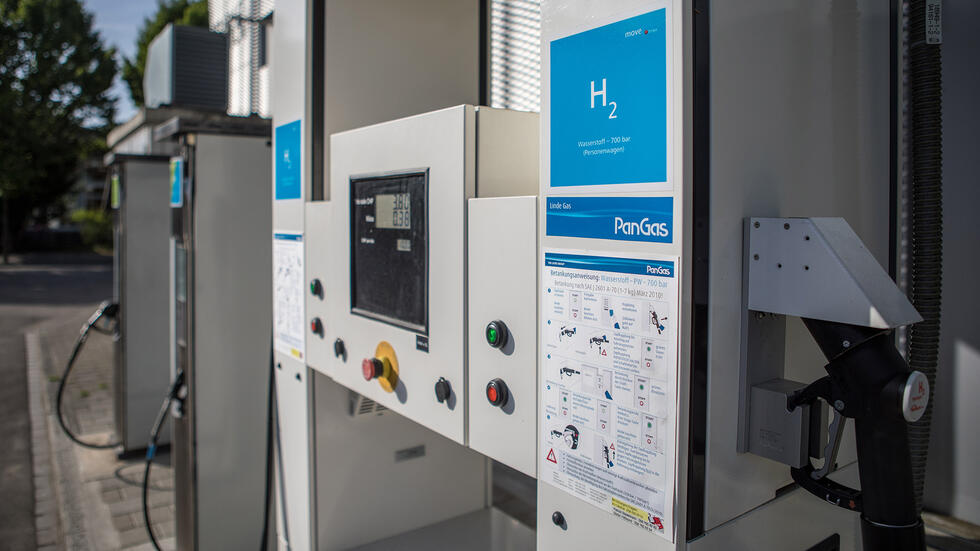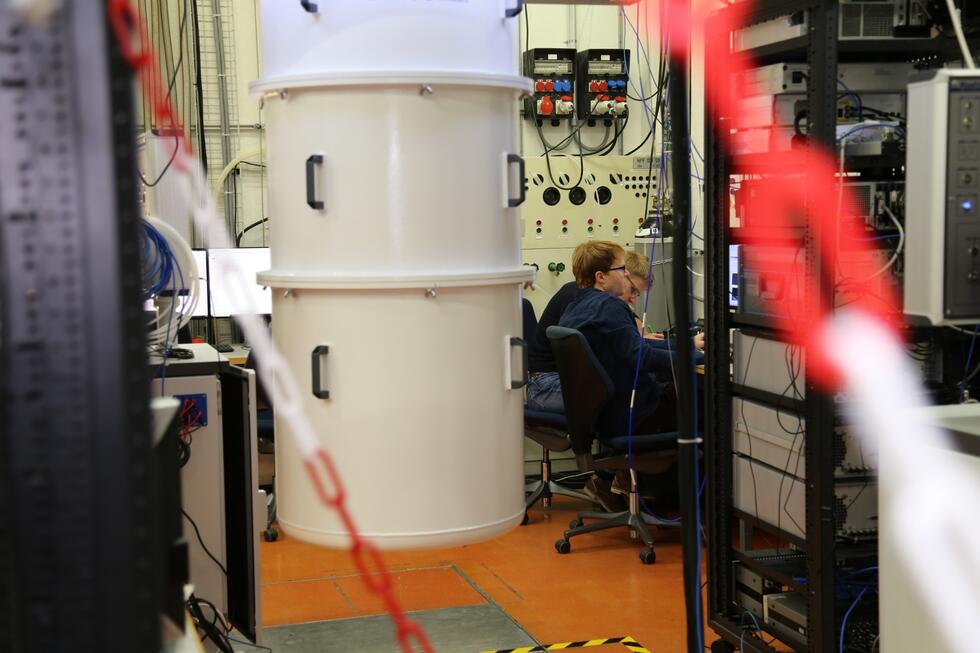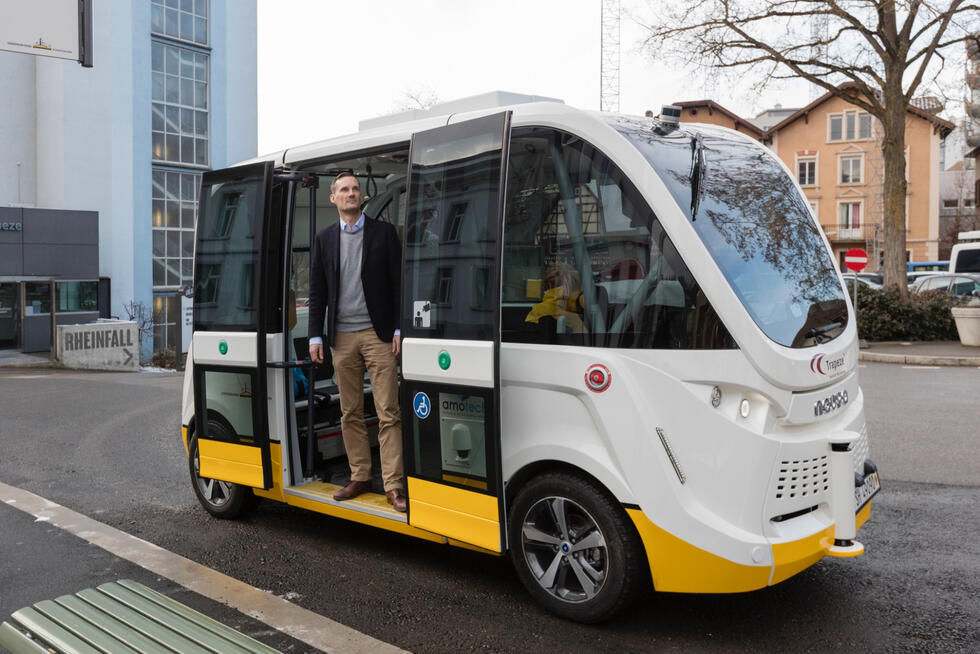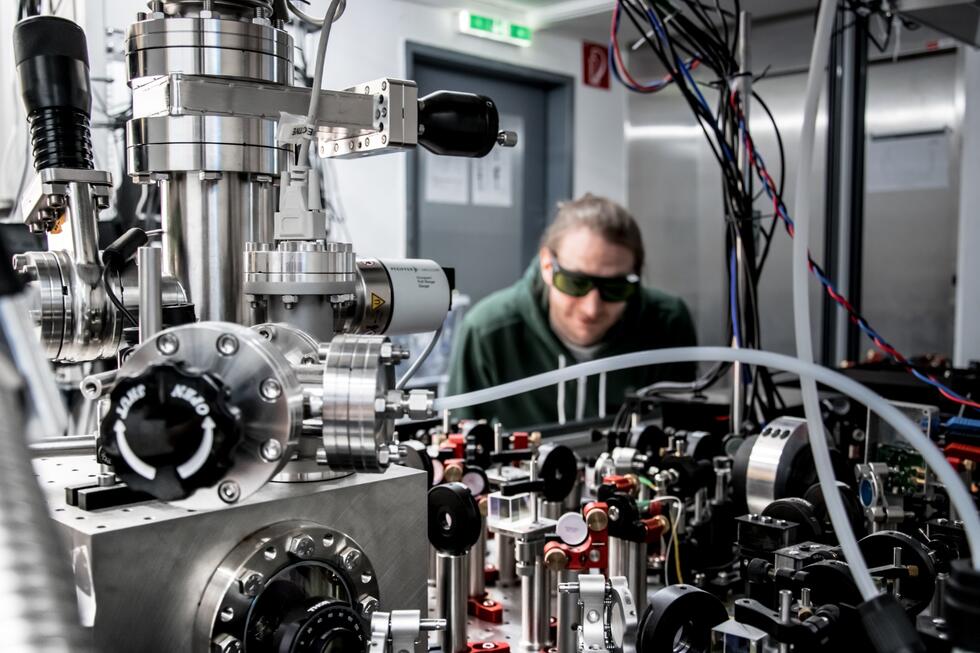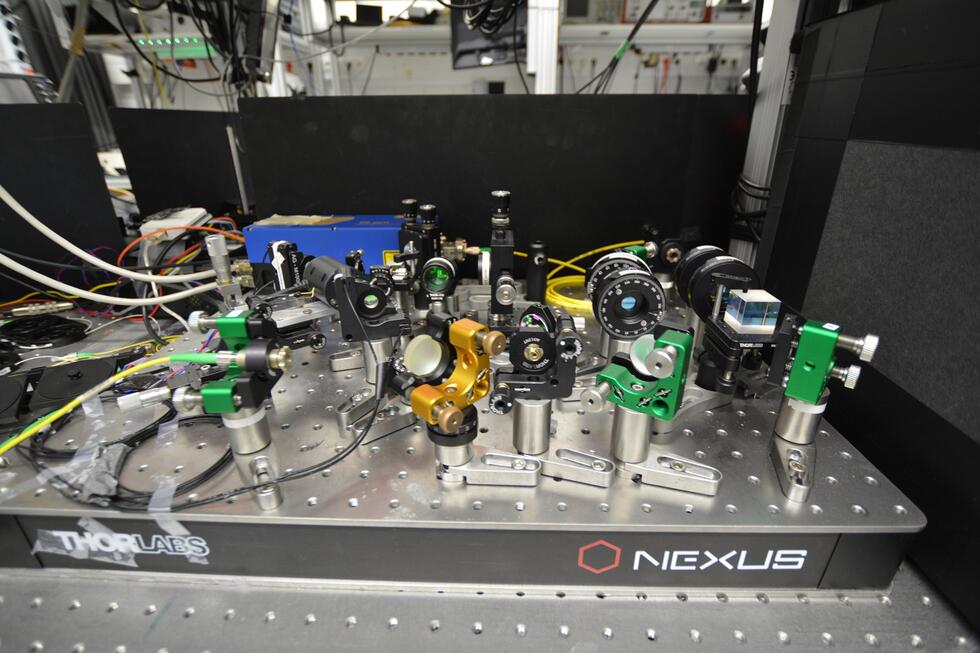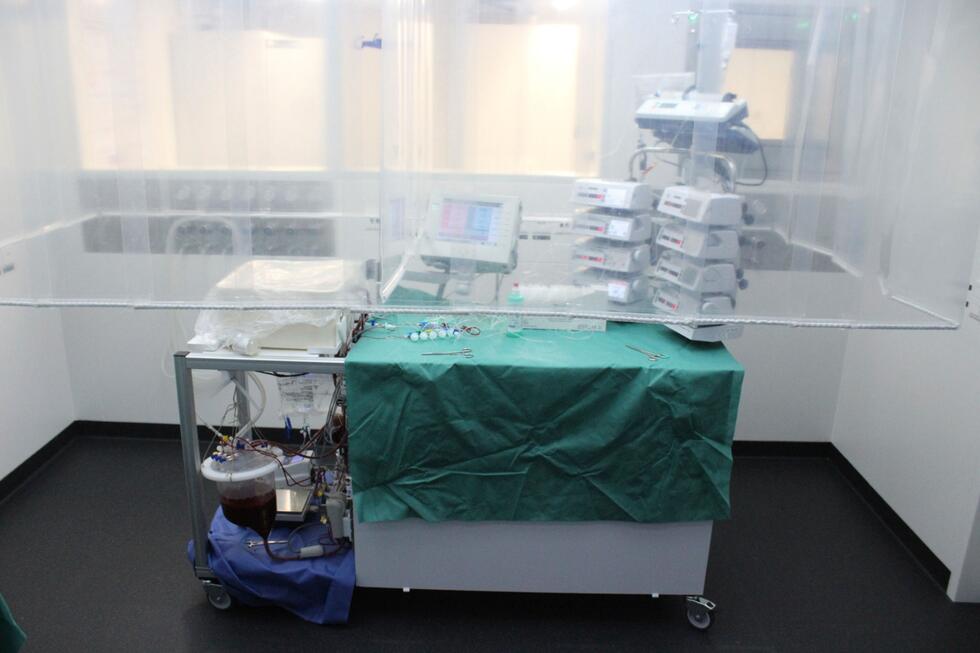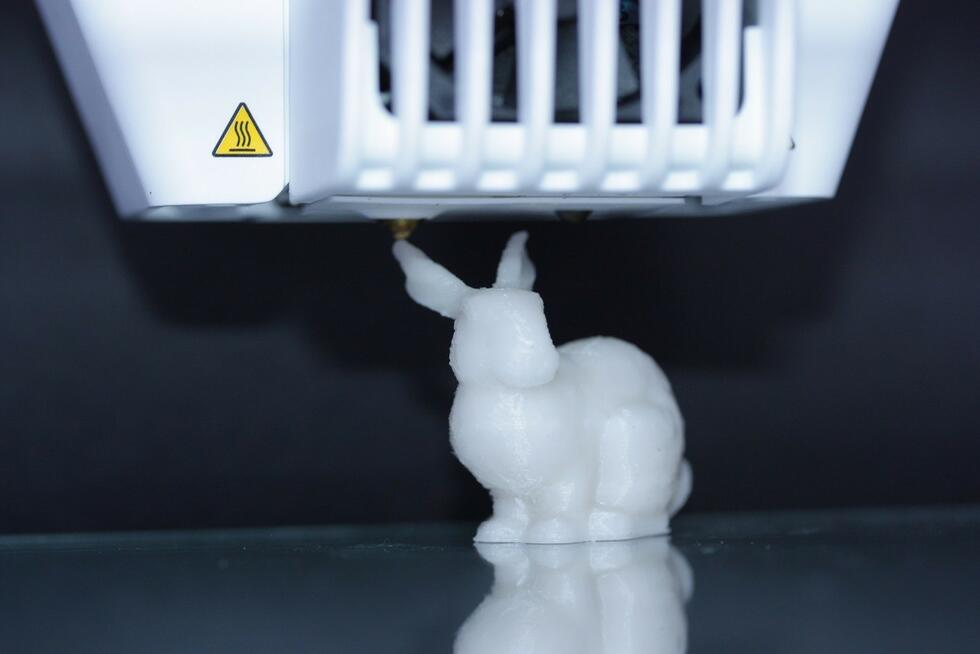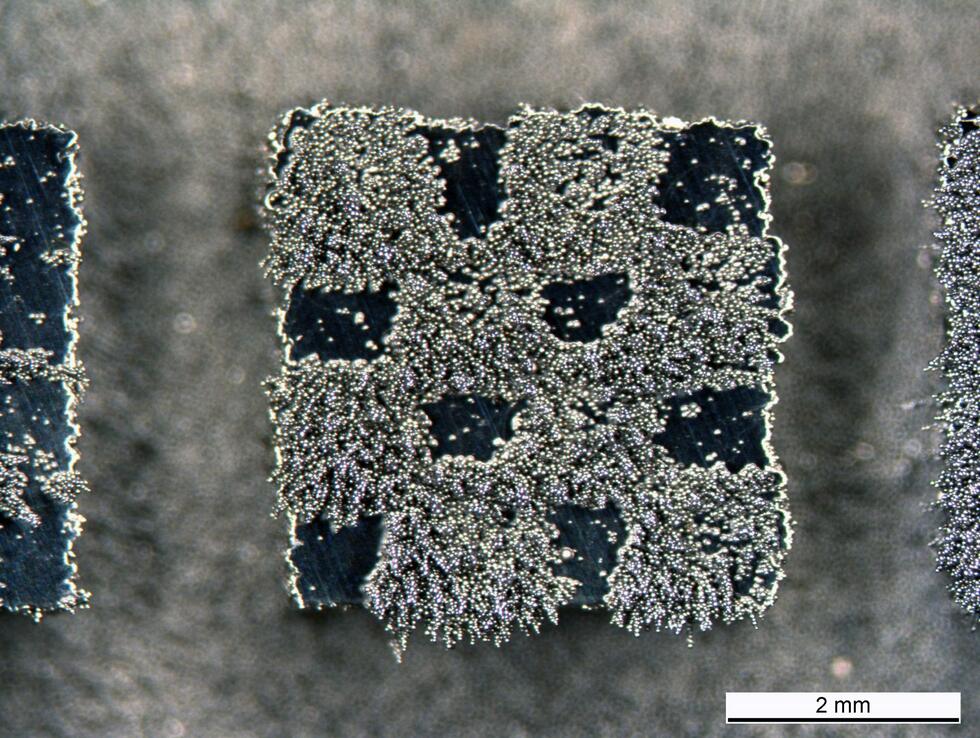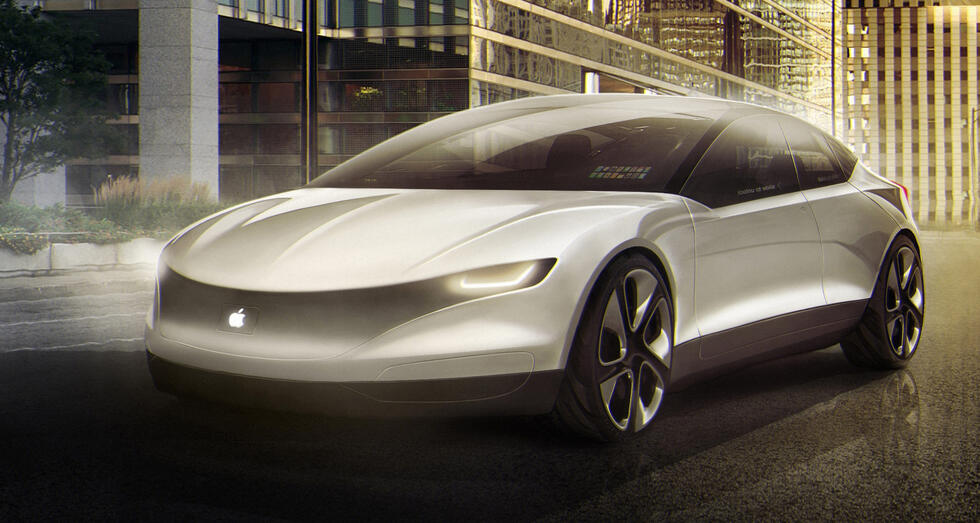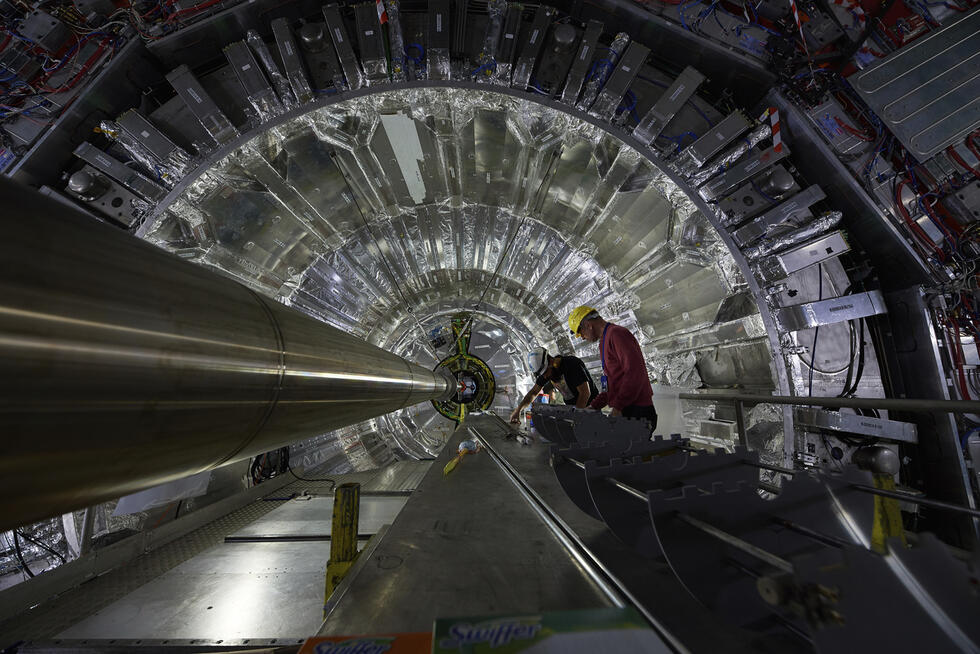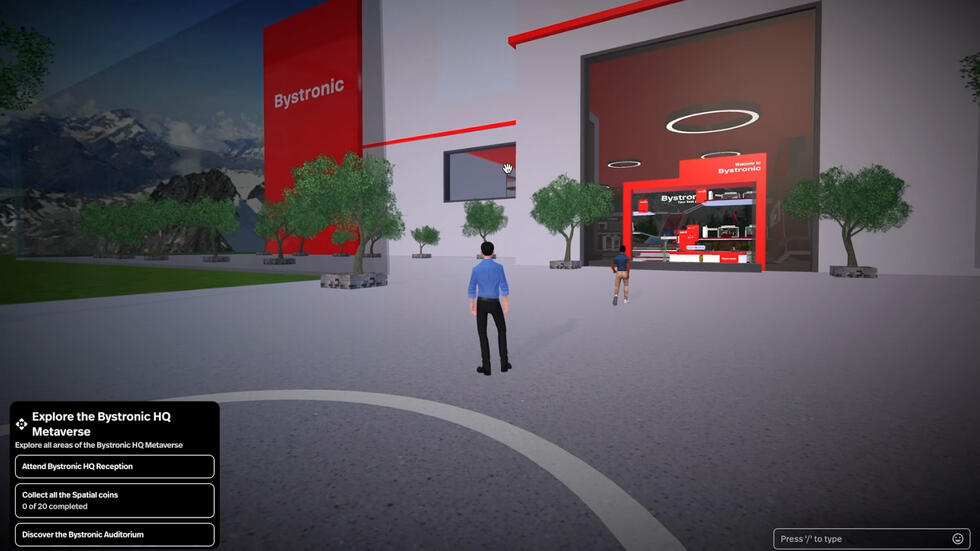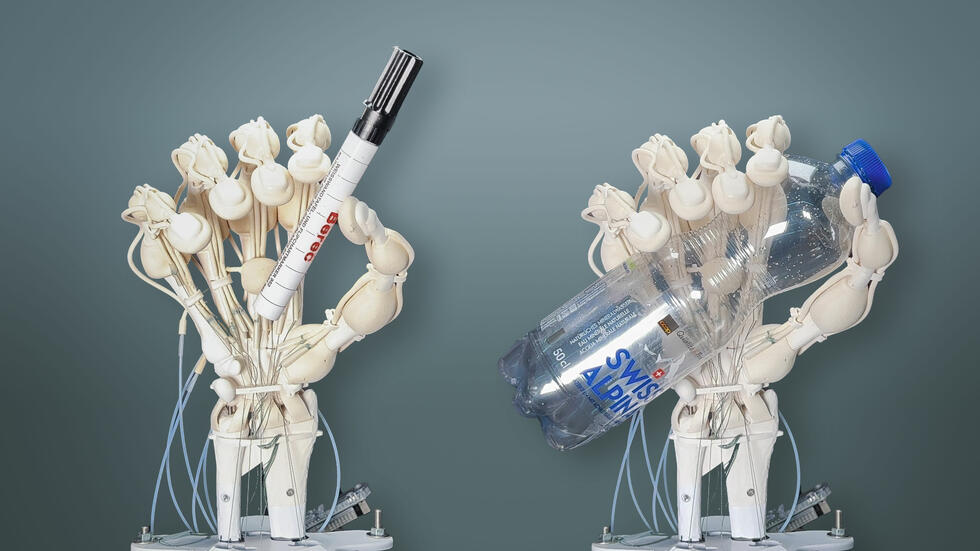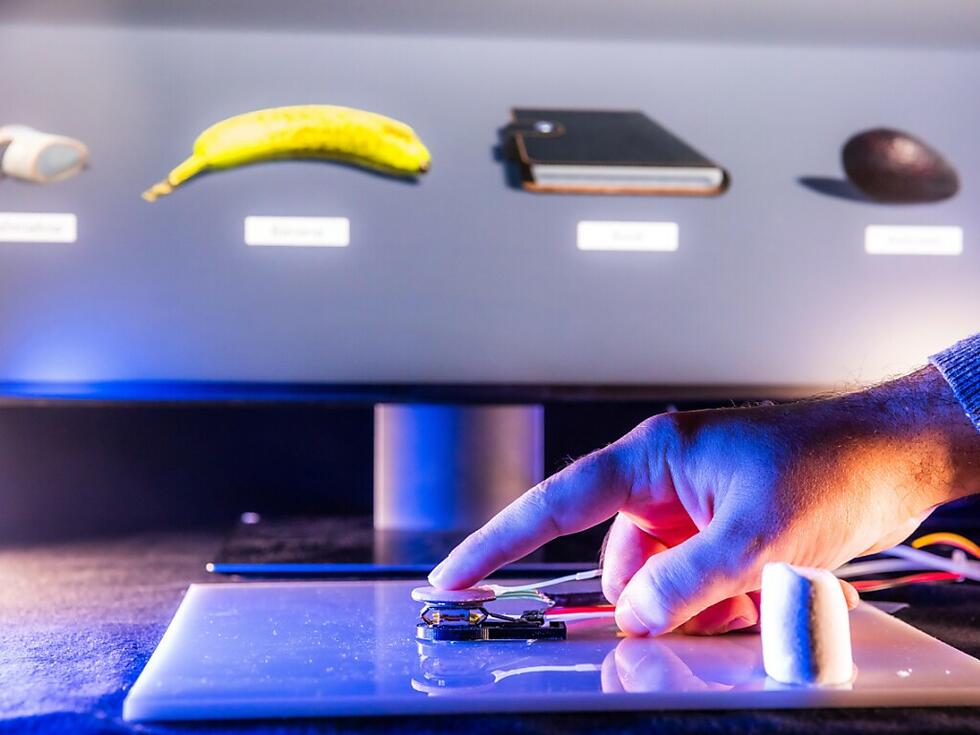SHORT NEWS
Study: Reducing the carbon footprint of houses and cars also saves money
It is possible to reduce the carbon footprint attributable to driving and housing while saving money at the same time. This has been determined by researchers from the “Bioenergy and Sustainable Technologies” (BEST) competence center in Wieselburg, Austria.
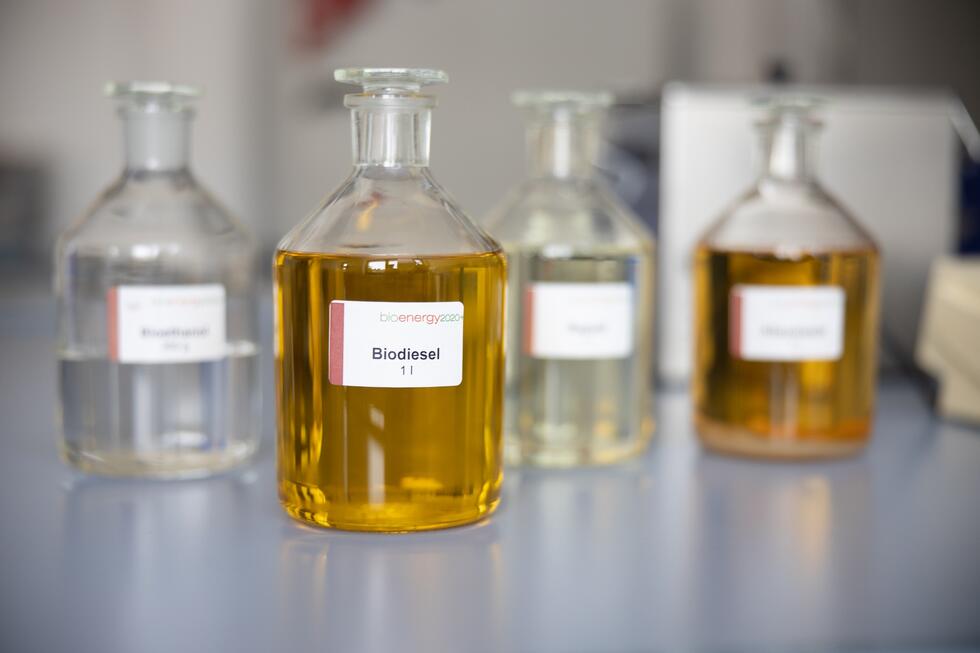
In their study titled “CO2 reduction costs in mobility and heat supply”, they report that biogas cars, wood heating, and district heating are particularly effective under current conditions.
A team from BEST in Wieselburg (Lower Austria) led by Christoph Strasser analyzed how and at what cost the carbon footprint of cars, buses, trucks, and residential heating could be reduced. They found out that climate protection does not necessarily have to be expensive – in fact, sometimes it is even possible to save money compared to “continuing with the status quo”, which is based on fossil fuels.
For example, pure biodiesel could greatly reduce CO2 emissions from trucks and buses while keeping costs largely neutral, the researchers report. For cars, a very substantial reduction of CO2 emissions could be achieved by using biomethane as fuel. In addition, an average motorist who drives 15,000 kilometers a year would benefit from annual savings of almost 500 euro compared to diesel and almost 300 euro compared to gasoline-powered cars.
Electric cars best powered by green electricity
However, “biomethane is currently only available at gas stations that are directly connected to biogas plants,” they write in their report. If the network of gas stations is expanded, the transport distances would increase, which, unless the existing natural gas pipeline system is used to distribute biomethane, would result in higher prices.
Electric cars emit even less CO2 than biogas cars, but only if they are powered by an electricity mix that includes a high proportion from renewable sources. Naturally, pure green electricity would be even better.
If, on the other hand, they are powered using electricity from coal-fired power plants, their carbon footprint is hardly better than that of gasoline or diesel vehicles. However, due to their higher cost of purchase, electric cars have a higher TCO than present-day diesel and gasoline cars.
First invest, then compensate
For residential buildings, a switch from old oil-fired heating systems to renewable solid fuels such as firewood, wood chips, and pellets make sense, the researchers explain. This would reduce the greenhouse gas emissions of an unrenovated single-family home built in the 1980s by 14 metric tonnes and save up to 550 euro a year.
“Such heating systems come at a higher investment cost, but this is compensated in the long term due to lower operating costs,” they write: “District heating and biogenous near district heating also offer high potential for emission savings combined with cost reductions, but these technologies are not universally available.”
Although the study identified the most cost-effective CO2 emission reduction measures, “it should not be overlooked that more expensive measures must also be implemented in order to achieve the climate targets,” Christoph Strasser emphasizes.





